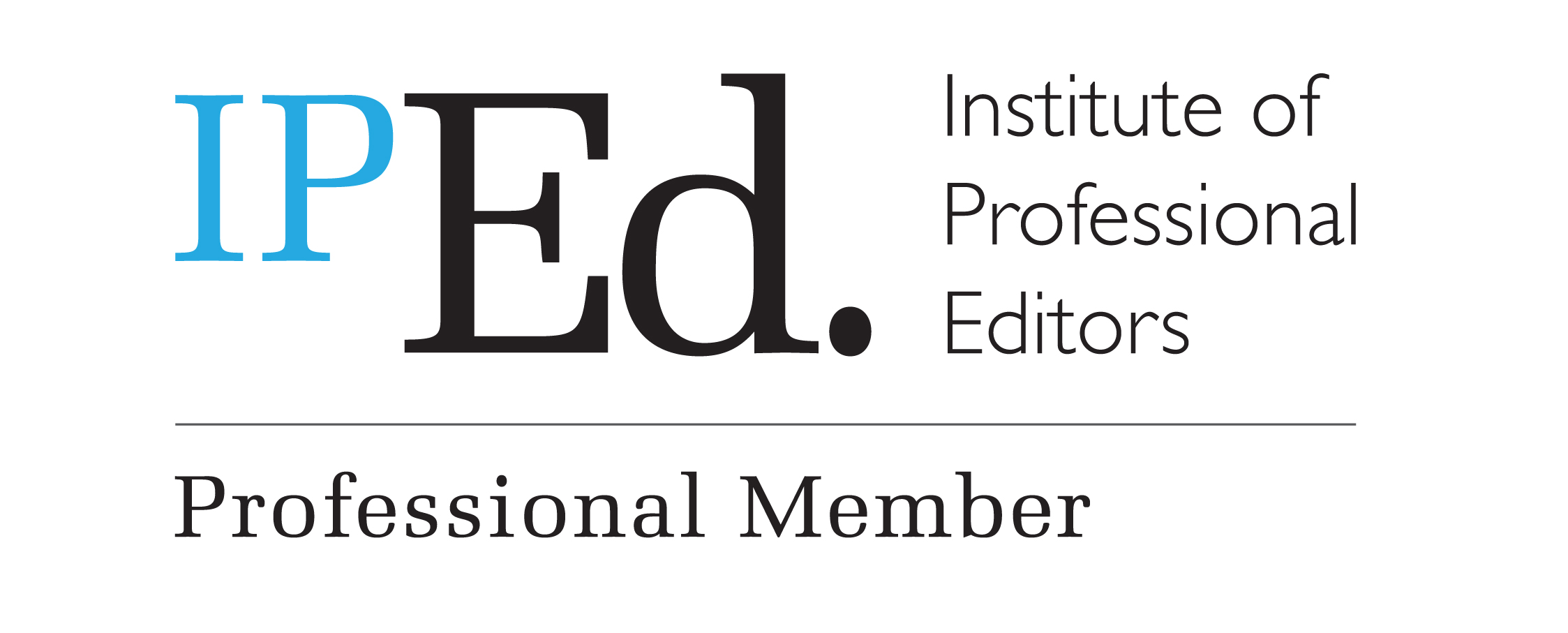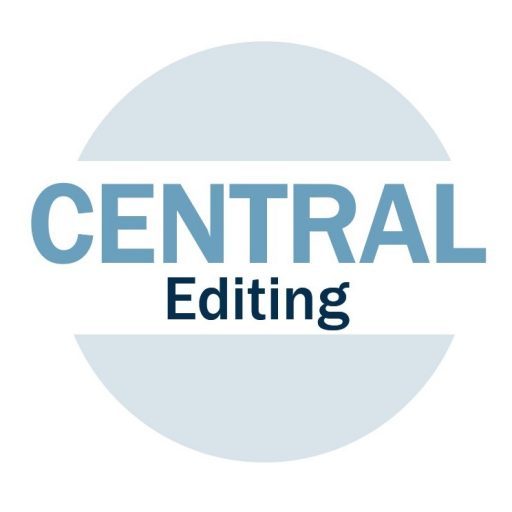Editing

Editing involves reviewing and revising written content to improve clarity, accuracy and readability.
The overall purpose of editing is to ensure that the structure, content, language and style of a document are effective—and suitable for its purpose and intended audience.
There are three phases in the process which ideally take place independently but in practice may overlap: structural editing, copyediting, proofreading.
Structural (or substantive) editing concentrates on the organisation and flow of information presented in a document (or website). The editor will review:
- ordering and balance of chapters or sections
- logic underlying the presentation of information
- completeness and effectiveness of heading hierarchy.
Copyediting focuses on the mechanics of language as well as broader issues such as internal consistency, discriminatory language and legal issues. The editor will review:
- voice and tone
- grammar and usage
- spelling and punctuation.
Proofreading is a final check after layout to correct any errors in the text or the visual elements. More…
Technical editing involves reviewing technical documents such as software manuals and rewriting to ensure the language and structure is appropriate for the end user.

Editing checklist
- content
- language
- grammar
- syntax
- punctuation
- spelling
- headings
- graphs
- tables
- lists
- numbering
Thank you also for your expertise – you did a great job and saved us a lot of work. We are really appreciative of your quick turn around which has helped us to meet our deadline.

Have a question or want to discuss your project?





